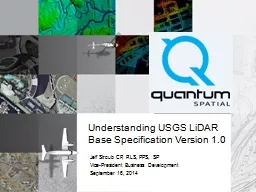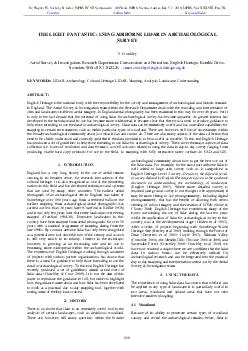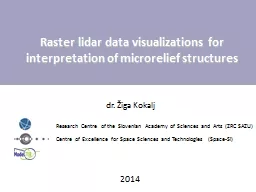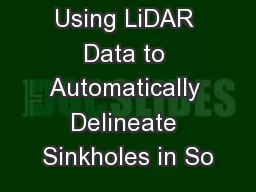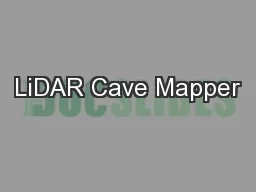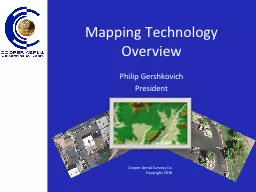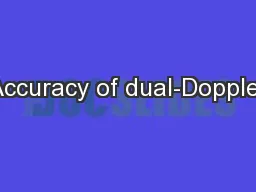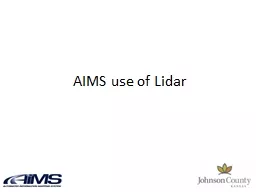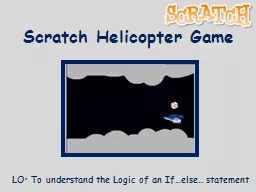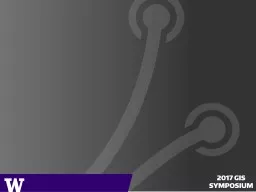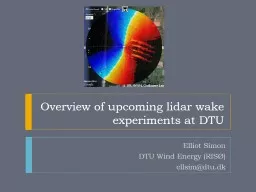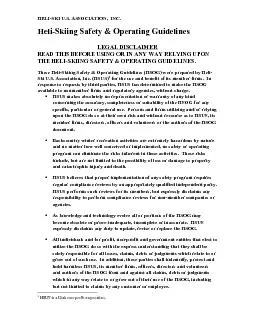PPT-High Accuracy Helicopter Lidar & Mapping
Author : natalia-silvester | Published Date : 2016-04-20
Jeffrey B Stroub CPRLSPPSSP Vice President Business Development September 9 2014 Jeff Stroub CP RLS PPS SP VicePresident Business Development September 16 2014
Presentation Embed Code
Download Presentation
Download Presentation The PPT/PDF document "High Accuracy Helicopter Lidar & Map..." is the property of its rightful owner. Permission is granted to download and print the materials on this website for personal, non-commercial use only, and to display it on your personal computer provided you do not modify the materials and that you retain all copyright notices contained in the materials. By downloading content from our website, you accept the terms of this agreement.
High Accuracy Helicopter Lidar & Mapping: Transcript
Download Rules Of Document
"High Accuracy Helicopter Lidar & Mapping"The content belongs to its owner. You may download and print it for personal use, without modification, and keep all copyright notices. By downloading, you agree to these terms.
Related Documents

